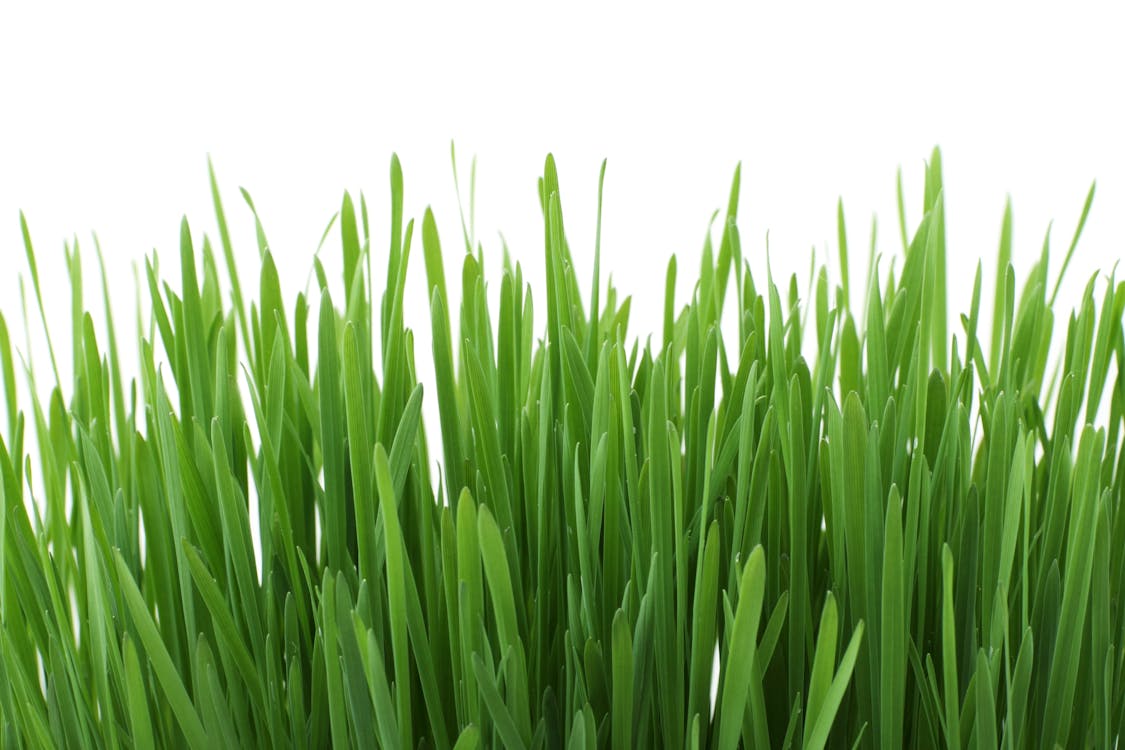
Things You Might Miss When Building a Padel Court
Here are some common nitty-gritty details that you surely can’t miss if your planning on setting up your very own padel court.

Service line and back walls
The back walls of the padel court should be three meters high and two meters long, while the sides of the padel court should be at least three meters high and two meters long. The diagonal type sidewall, which runs like a straight line between the two heights of the sidewalls, may also be used instead of a step.
The remainder of the court will be mostly enclosed by a three-meter-high iron netting. The steel mesh-enclosed sides of the walls may be up to one-meter height as well.
The service lines will be around three meters in front of the rear wall, with another line in the center of the court dividing the central rectangular court in half. All lines must be at least 5 cm wide and readily visible.

Padel court surface
The playing field must be flat and should not be slanted. The guidelines for padel court foundations may vary somewhat depending on the provider, but in general, we should aim for a surface that is around 10 cm thick and clear of any elevations or pits.
When constructing a padel court outside, it is permissible to use rapid-dry asphalt, which will aid in the court’s speedy drying, even during wet seasons.
The top layer surface that must be utilized for the court is crucial because it allows the players to move about the court quickly and effectively while playing the game. The federation has set the rules for the court’s top surface, although there are a variety of possibilities, each with its own set of advantages and disadvantages.

Try synthetic grass on indoor padel courts
In contrast to the modest surface area, the synthetic grass on the padel courts has been created particularly to resist the severe and intense wear and tear that comes with regular use. It’s vital to think about a few things before deciding on artificial grass for the padel court’s surface.
Such criteria include the frequency with which the court will be utilized, the amount of upkeep necessary, and so on. In addition, whether the court will be constructed inside or outside has a significant impact on the court’s surface. It also relies on the financial strategy and budget.
Sand may also be used in the synthetic grass on padel courts to keep it within its limitations and reduce friction, allowing for faster and easier movement on the court. Depending on the kind of artificial turf and grass that will be used, roughly 8 to 12 kg of sand per square meter may be necessary to construct a full padel court.



